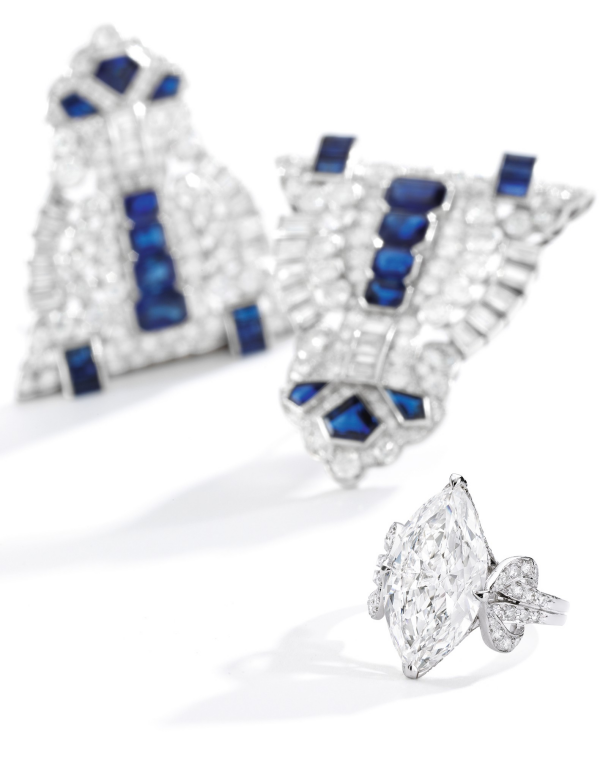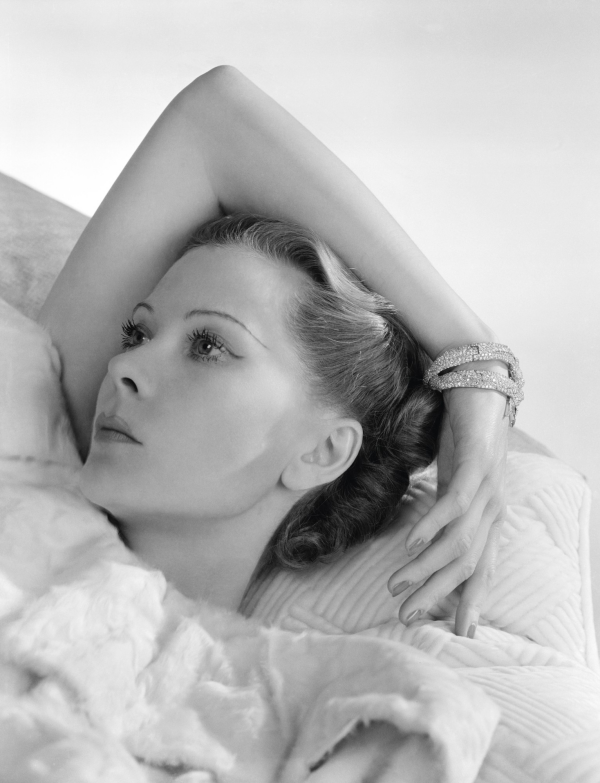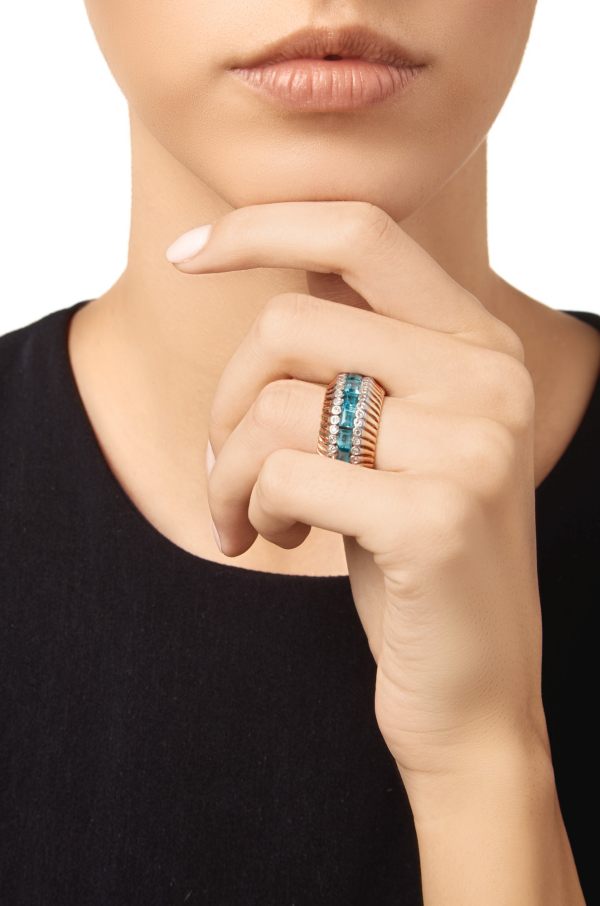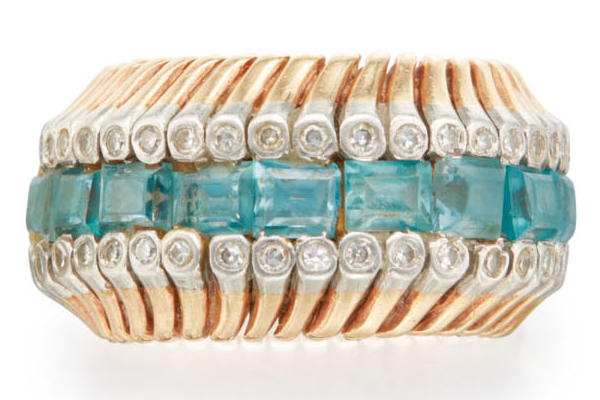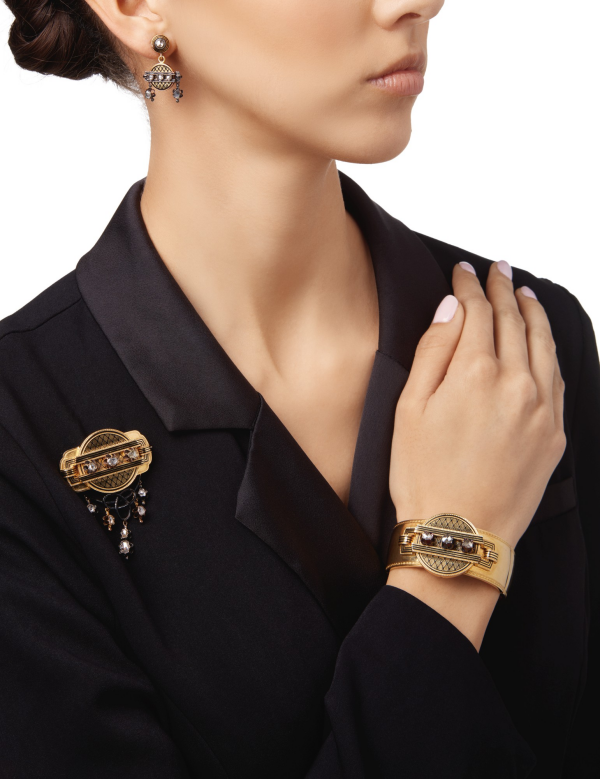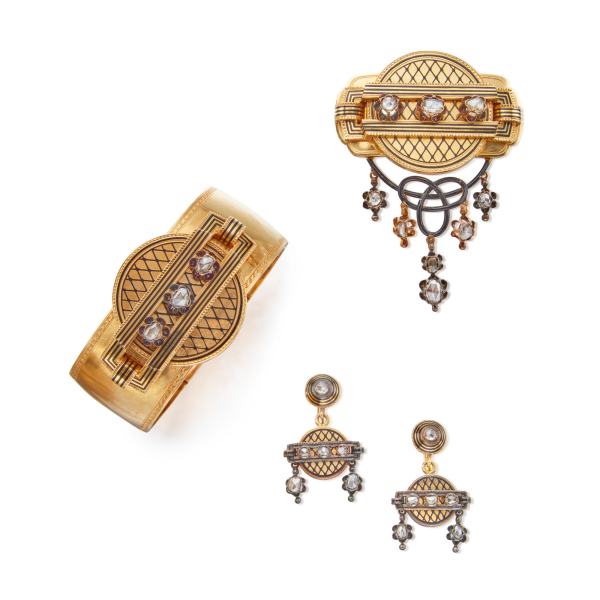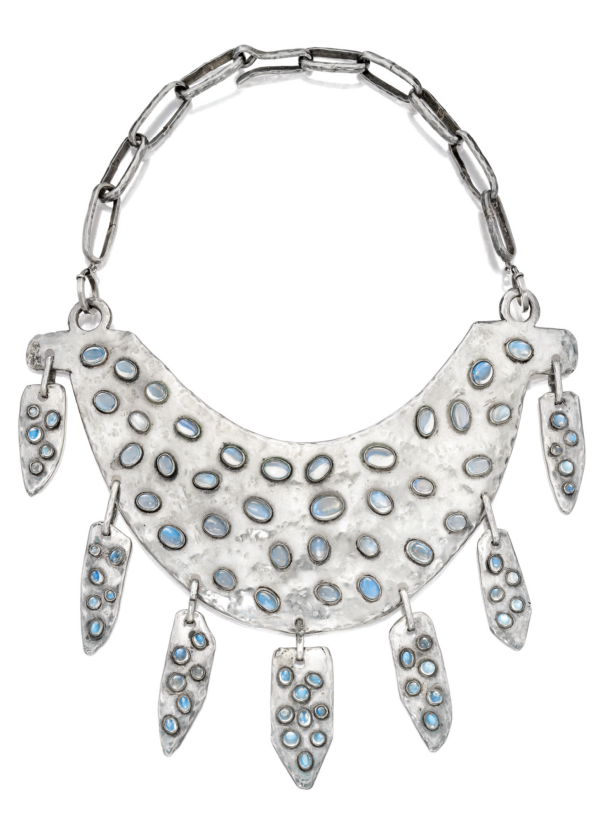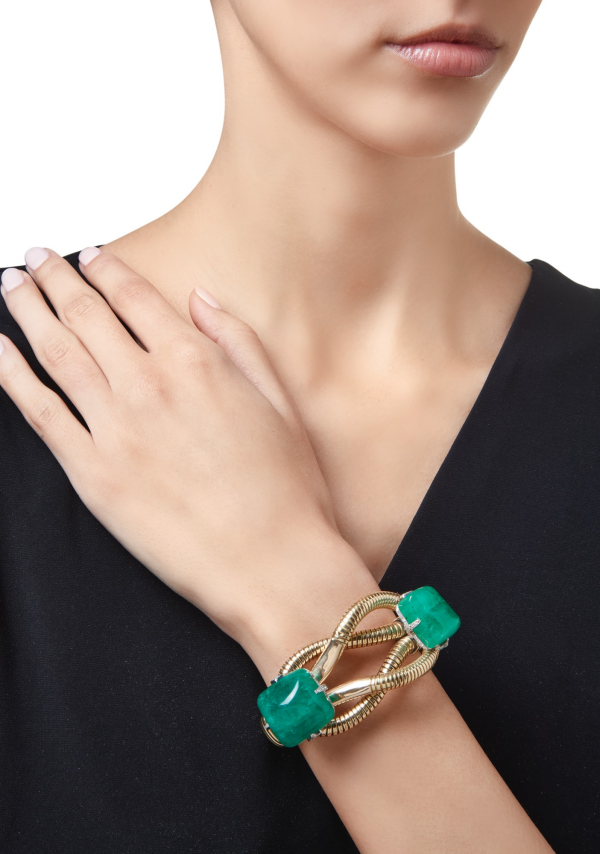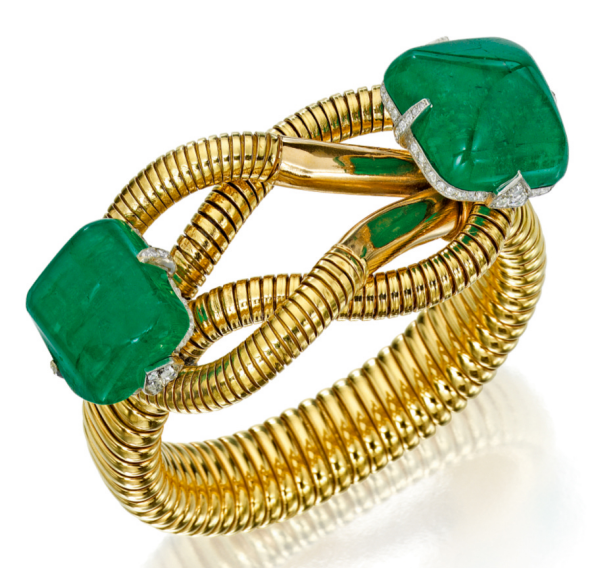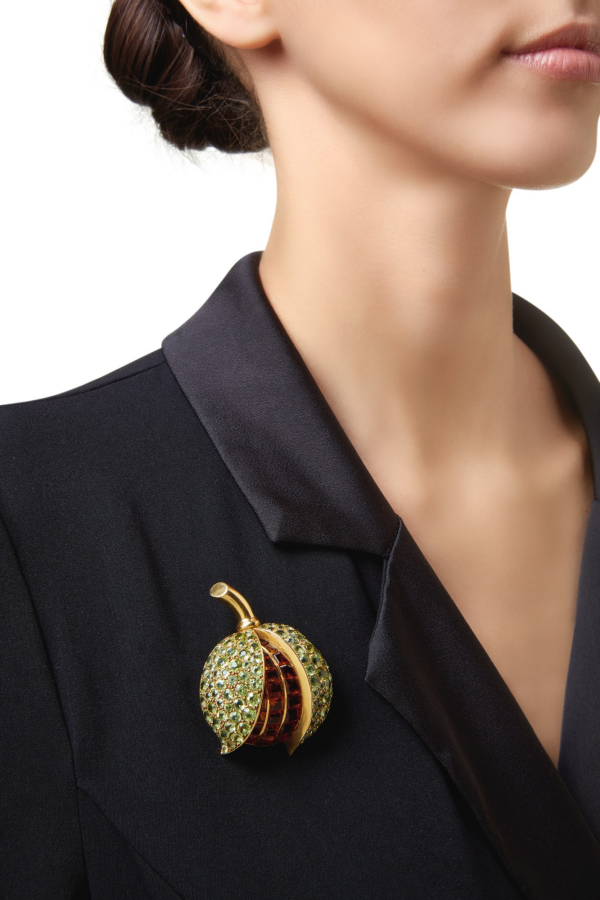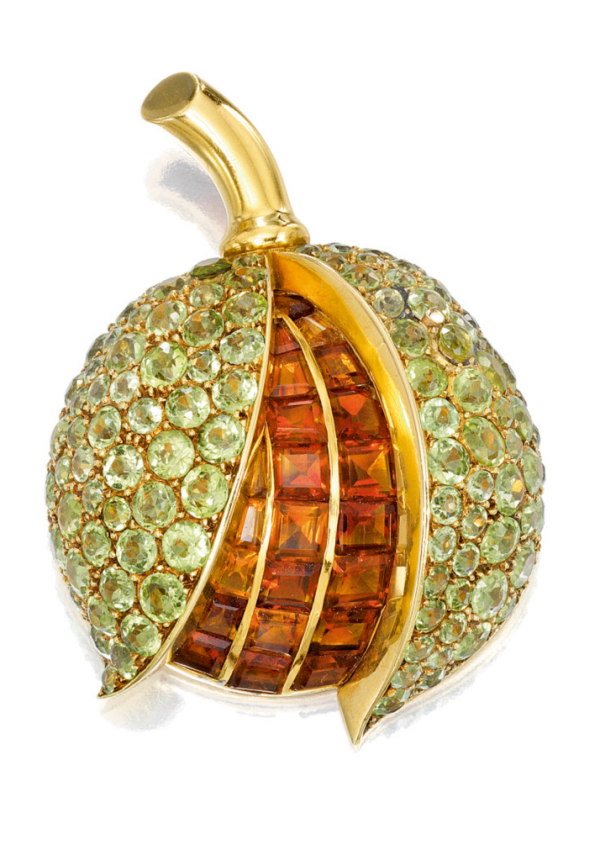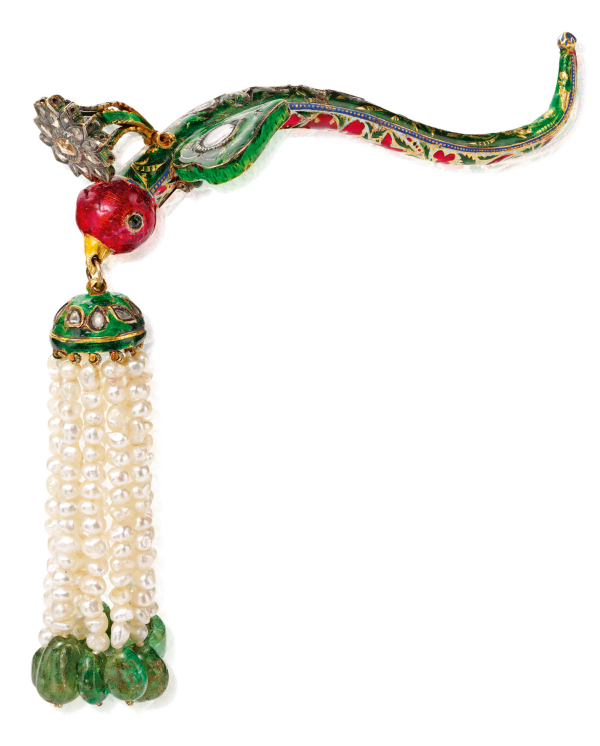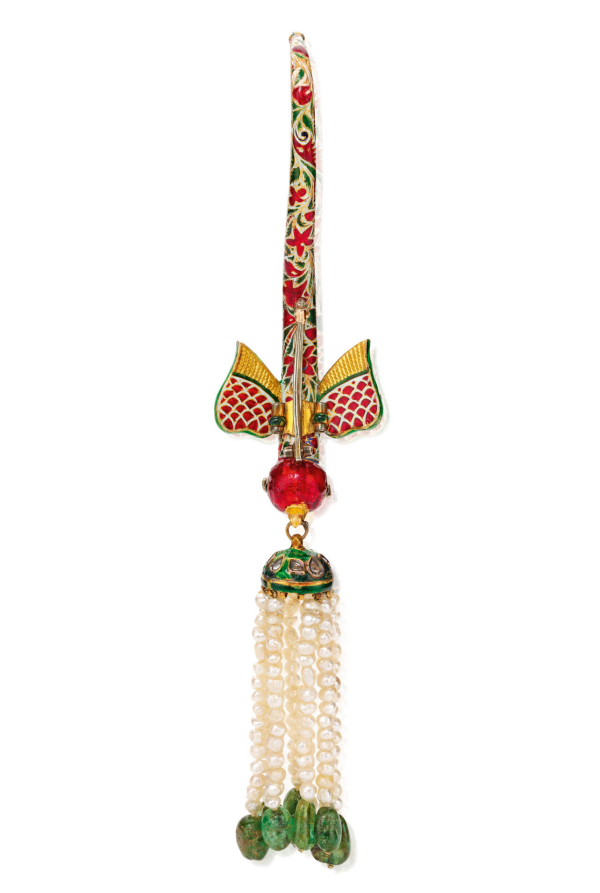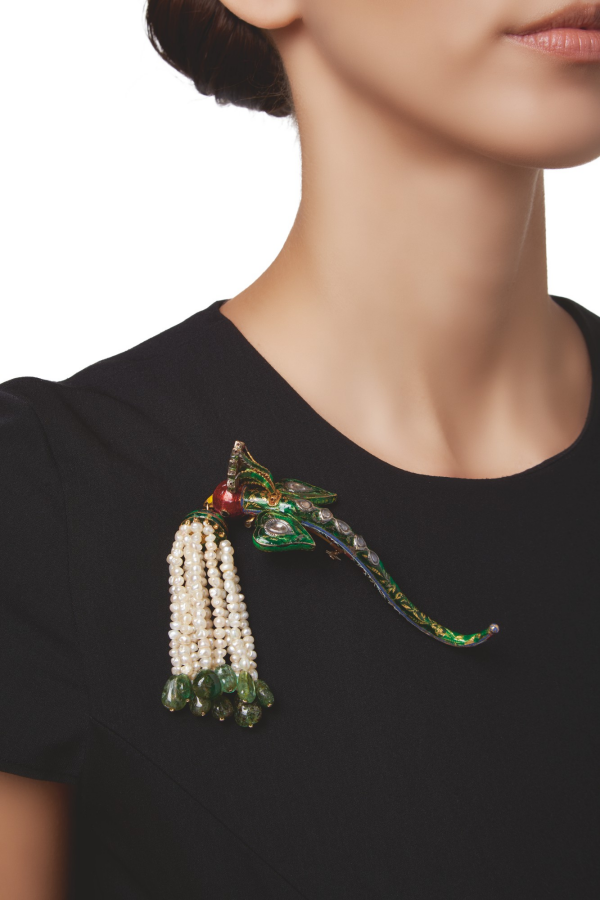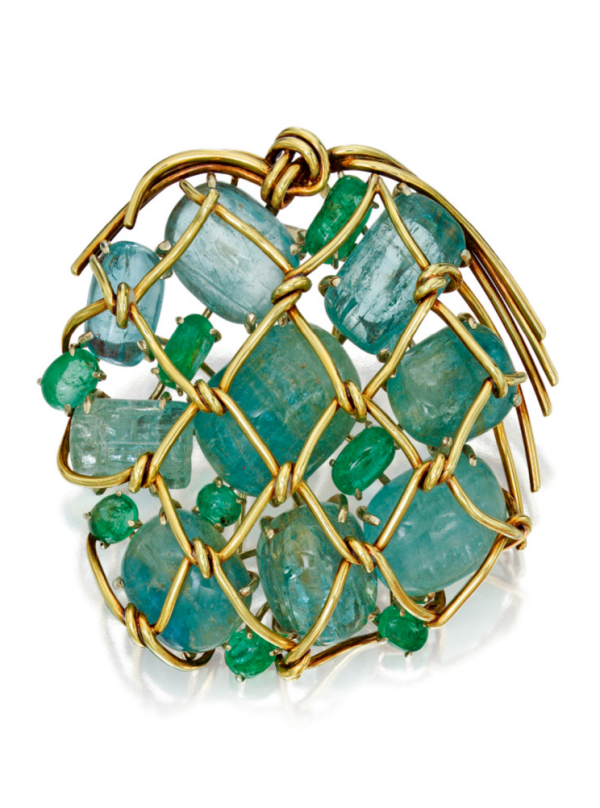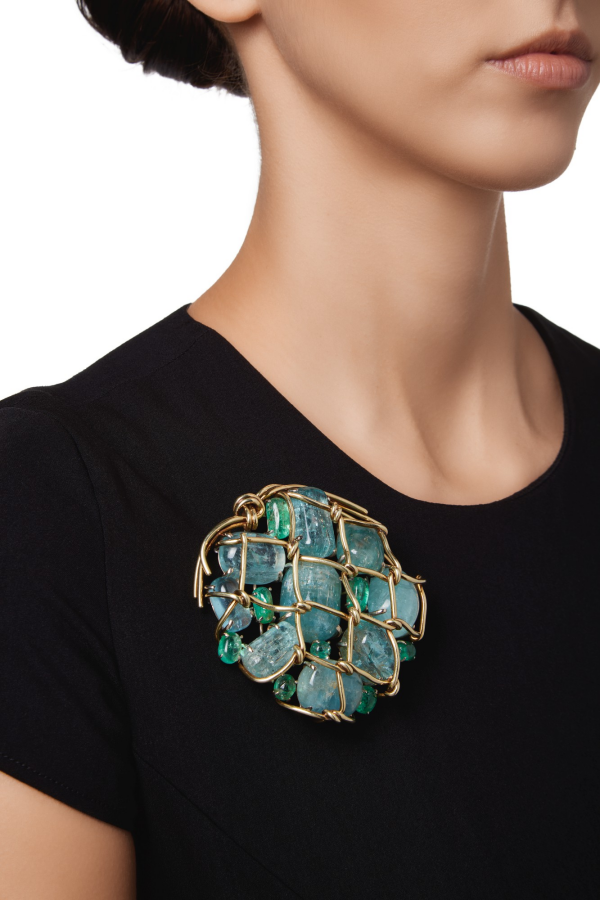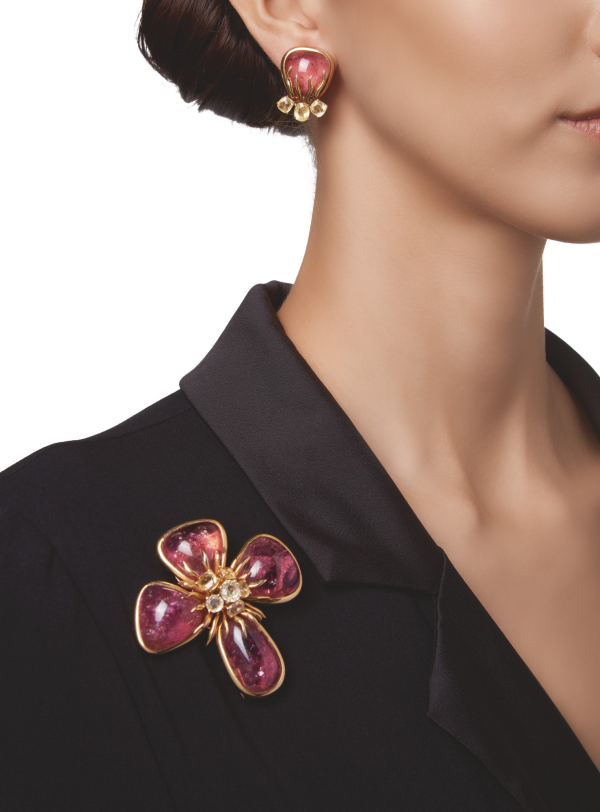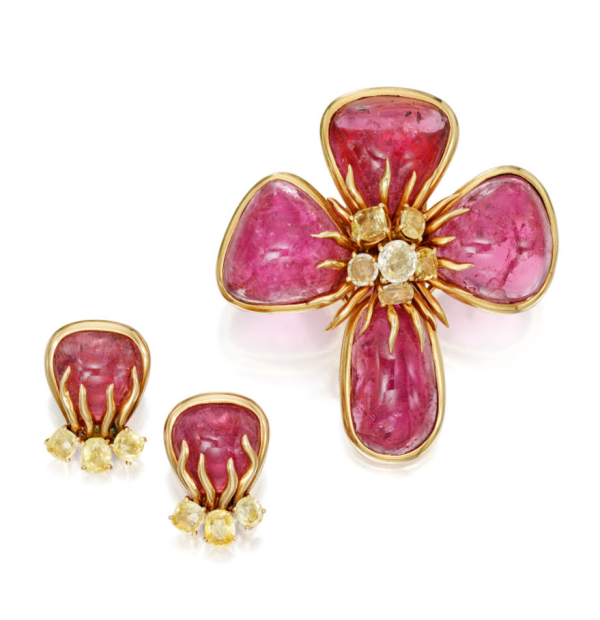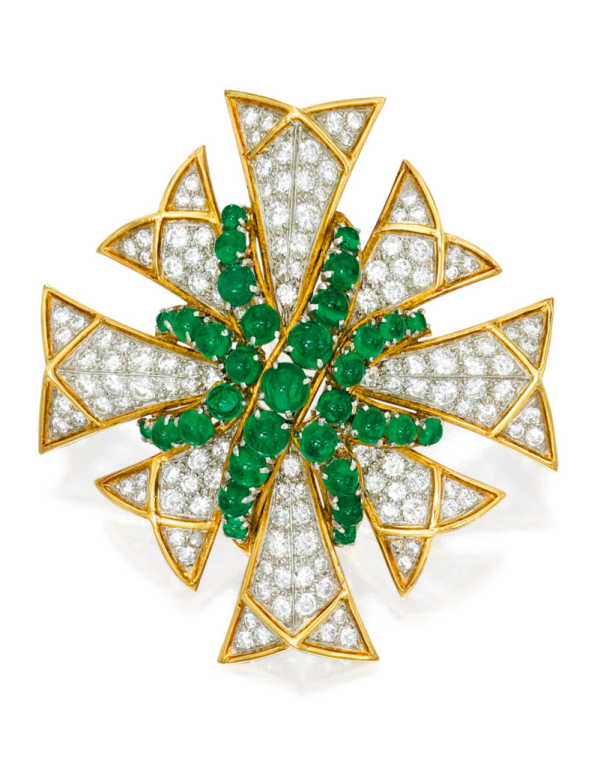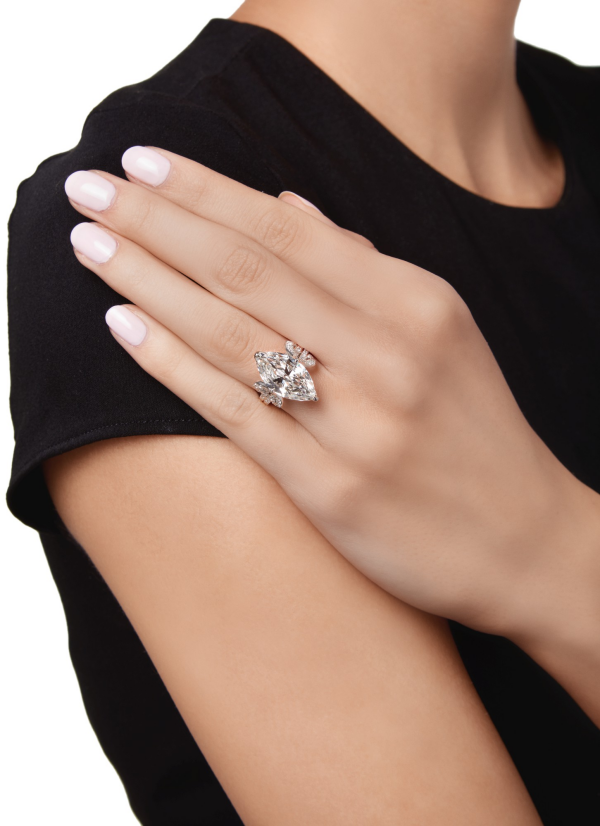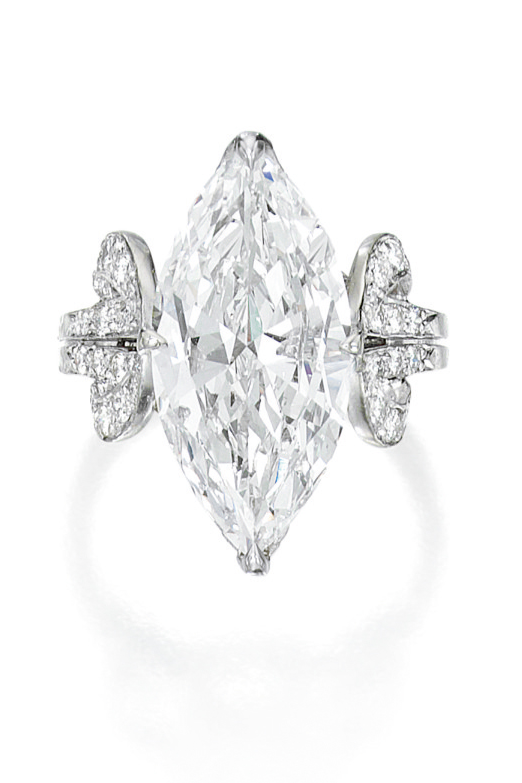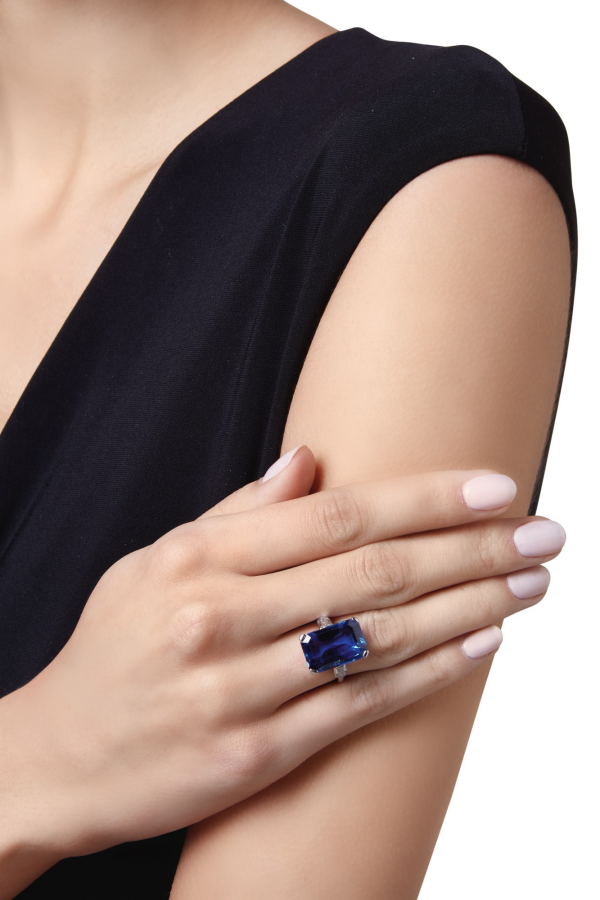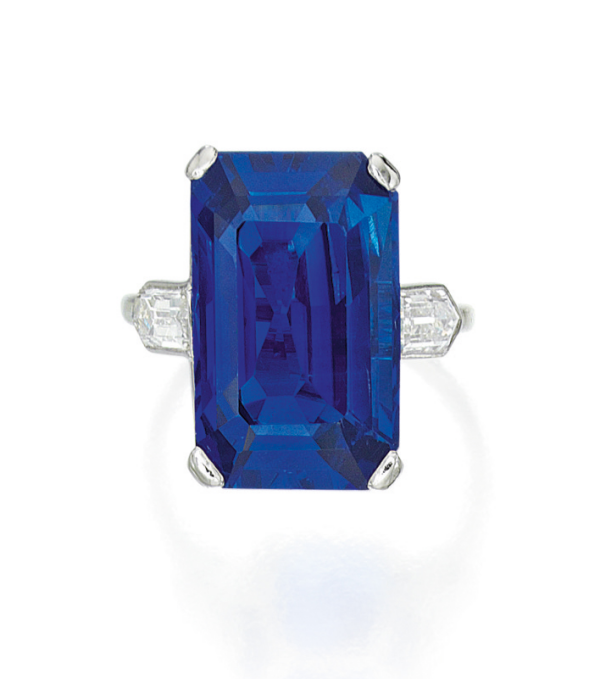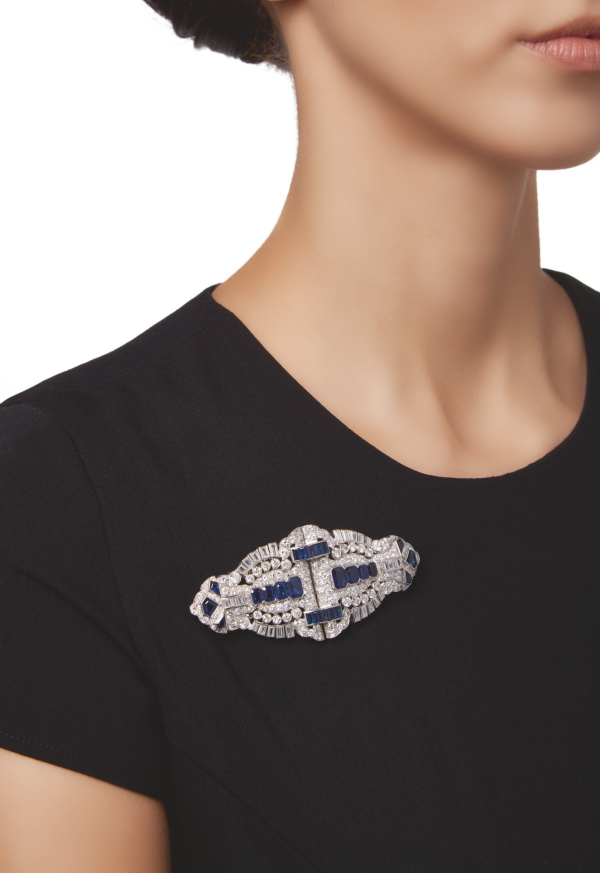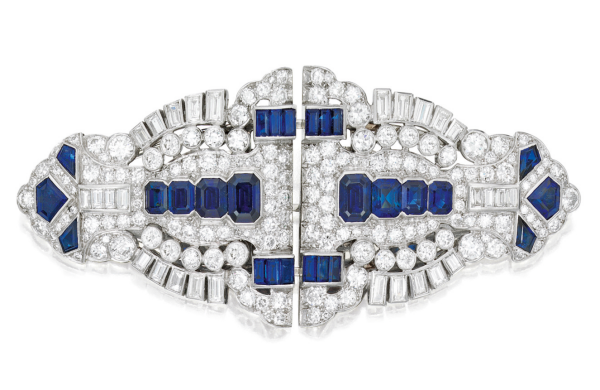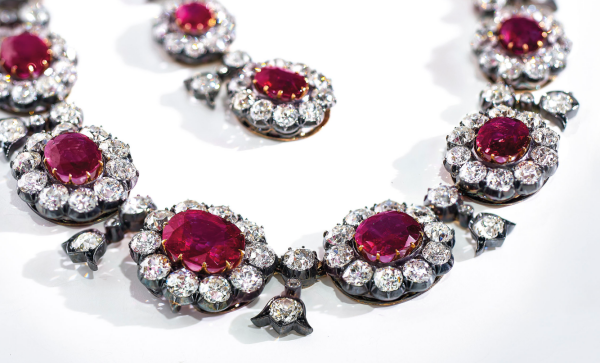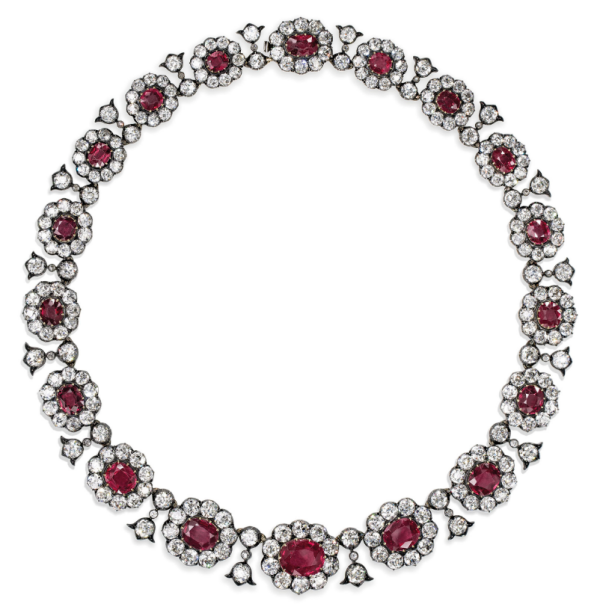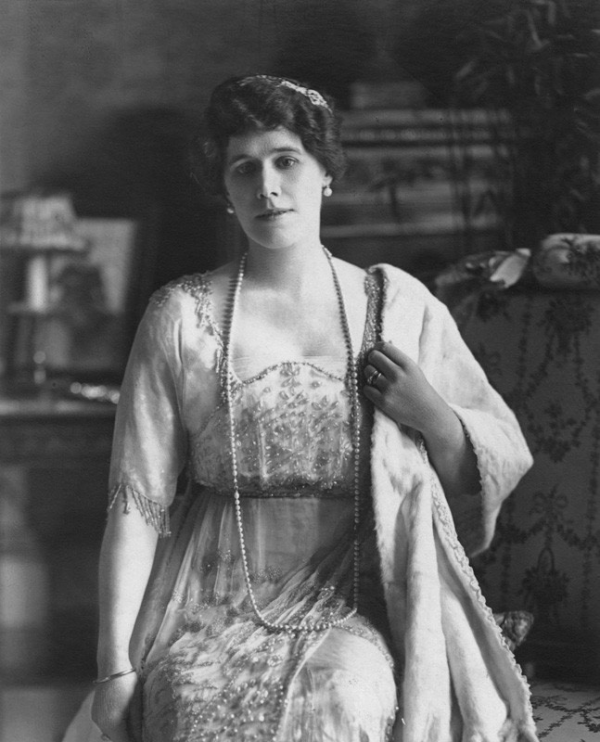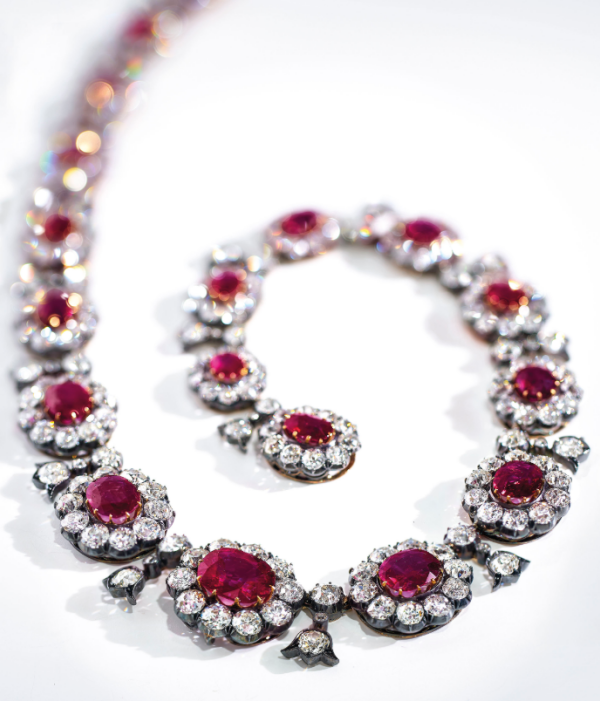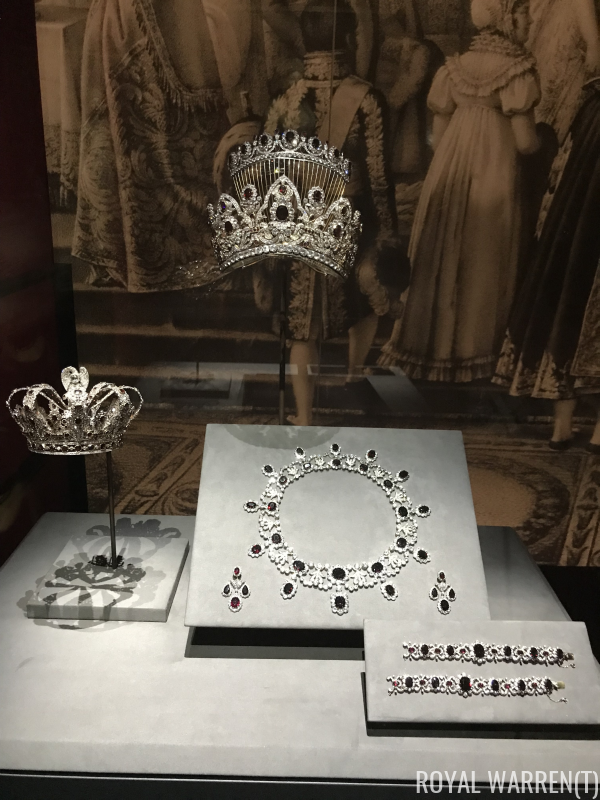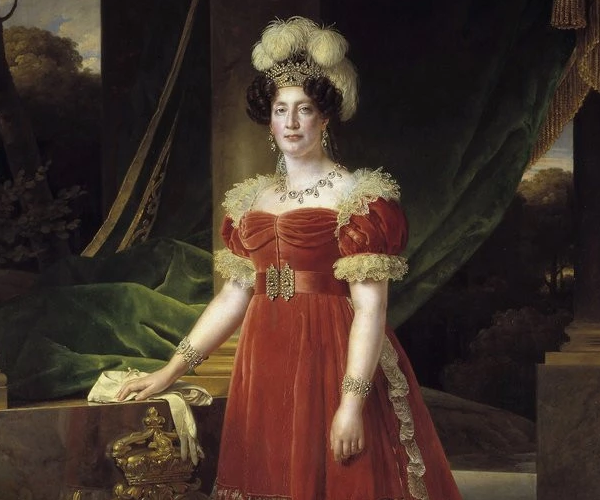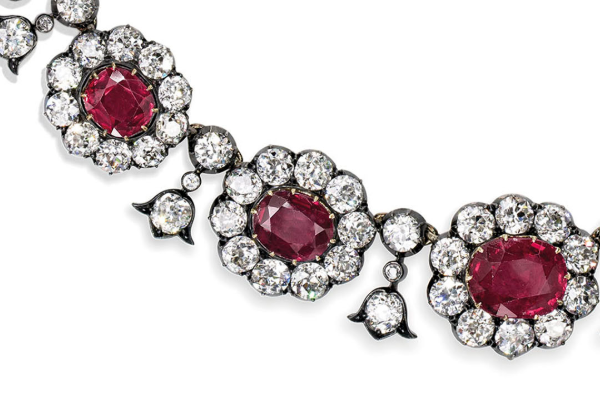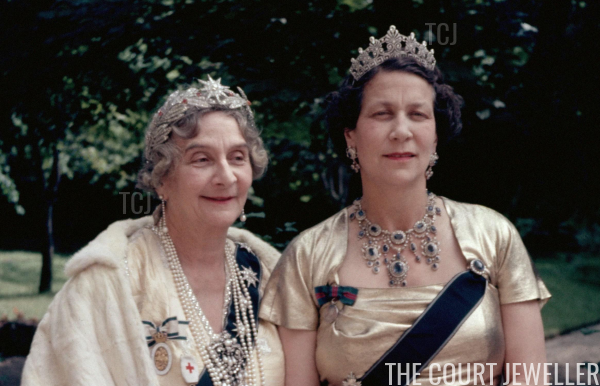 |
| Princess Marie Bonaparte and her daughter, Princess Eugenie of Greece, 1953 (Photo 12/Alamy) |
What do you get when you combine a classic tiara design, a renowned jeweler, and one of the most fascinating princesses of the twentieth century? The answer, of course, is today’s tiara: the olive wreath diadem created by Cartier for Princess Marie Bonaparte.
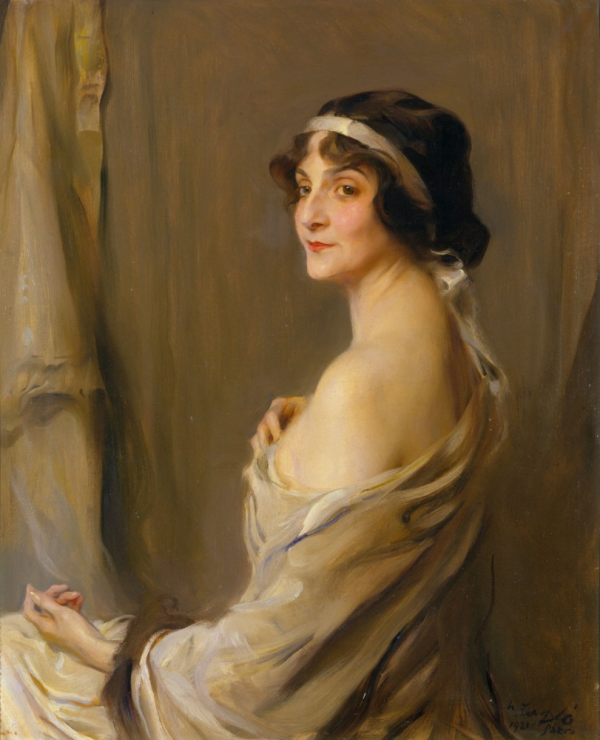 |
| Philip de Laszlo’s portrait of Princess Marie, ca. 1921 (Wikimedia Commons) |
Descended from Lucien Bonaparte, one of the younger brothers of Napoleon, Princess Marie was born into the imperial line of the French monarchy. She was also the granddaughter of François Blanc, the French entrepreneur who developed real estate and casinos, including the famous Monte-Carlo Casino in Monaco. With Bonaparte blood and Blanc money, Marie was both a princess and an heiress. Such a celebrated heritage required major jewels, and one of the most significant pieces in Marie’s collection was this olive wreath tiara. It was a part of Marie’s trousseau when she married Prince George of Greece and Denmark, one of the sons of King George I of the Hellenes, in 1907.
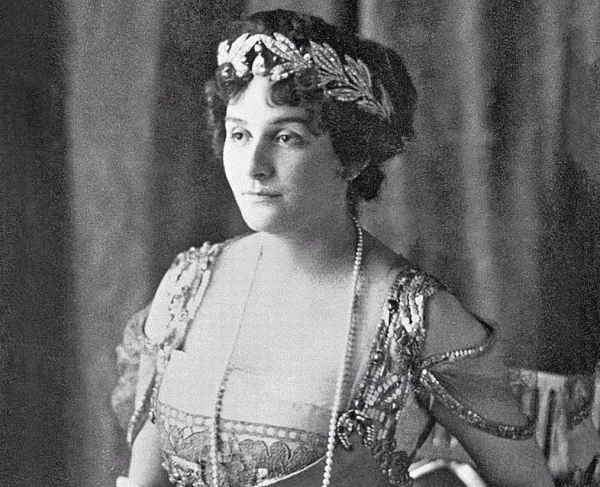 |
| Princess Marie wears the tiara, ca. 1907 (Wikimedia Commons) |
The tiara was designed by Cartier as a wreath of pave-set diamond olive leaves studded with eleven cushion-shaped diamond “olives.” Those eleven diamonds can be swapped for other stones. Originally, the “olives” were apparently set with emeralds; Marie also switched out the emeralds for rubies on occasion. The show-stopper of the piece was the enormous pear-shaped diamond that was mounted at the center of the piece. The wreath design was meant deliberately to evoke the tiaras worn by the Bonaparte women during Napoleon’s reign, paying tribute to Marie’s French imperial heritage. The olive wreath motif also made it a perfect tiara for a princess marrying into the Greek royal family.
 |
| Princess Marie Bonaparte and her daughter, Princess Eugenie of Greece, at the 1953 coronation (Photo 12/Alamy) |
Marie’s marriage to George was complicated, to say the least. (I’ll let you all read up on the specifics. Let’s just say that George and his uncle, Prince Valdemar of Denmark, were lovers.) Marie’s anxieties about her relationships led her to psychoanalysis and Sigmund Freud, with whom she had a deep and long-lasting friendship. She became so committed to the practice that she even offered to psychoanalyze the man who sat beside her at the 1953 coronation of her niece-by-marriage, Queen Elizabeth II of United Kingdom. (Marie’s seatmate was François Mitterand, the future president of France. They reportedly paid zero attention to the actual crowning that was happening in the Abbey.) Marie just so happened to be wearing the ruby version of the olive wreath tiara on that day, too, but she’d flipped it upside down and replaced the pear-shaped diamond with a diamond star for the occasion.
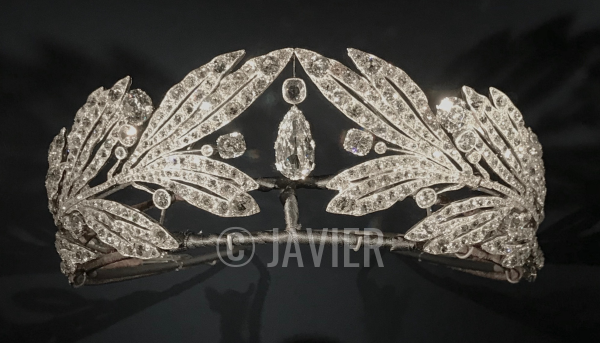 |
| The Bonaparte Olive Wreath Tiara displayed in Canberra, 2018 (Photo generously shared by Javier) |
Princess Marie died in 1962, and about thirty years later, her tiara went up for auction. The central diamond was missing from the tiara at that point, and the alternative emerald and ruby stones were also apparently not included in the sale. The tiara was purchased in 1999 by the Albion Art Institute. They replaced the pear-shaped diamond, and now the tiara is shown in exhibitions around the world.
